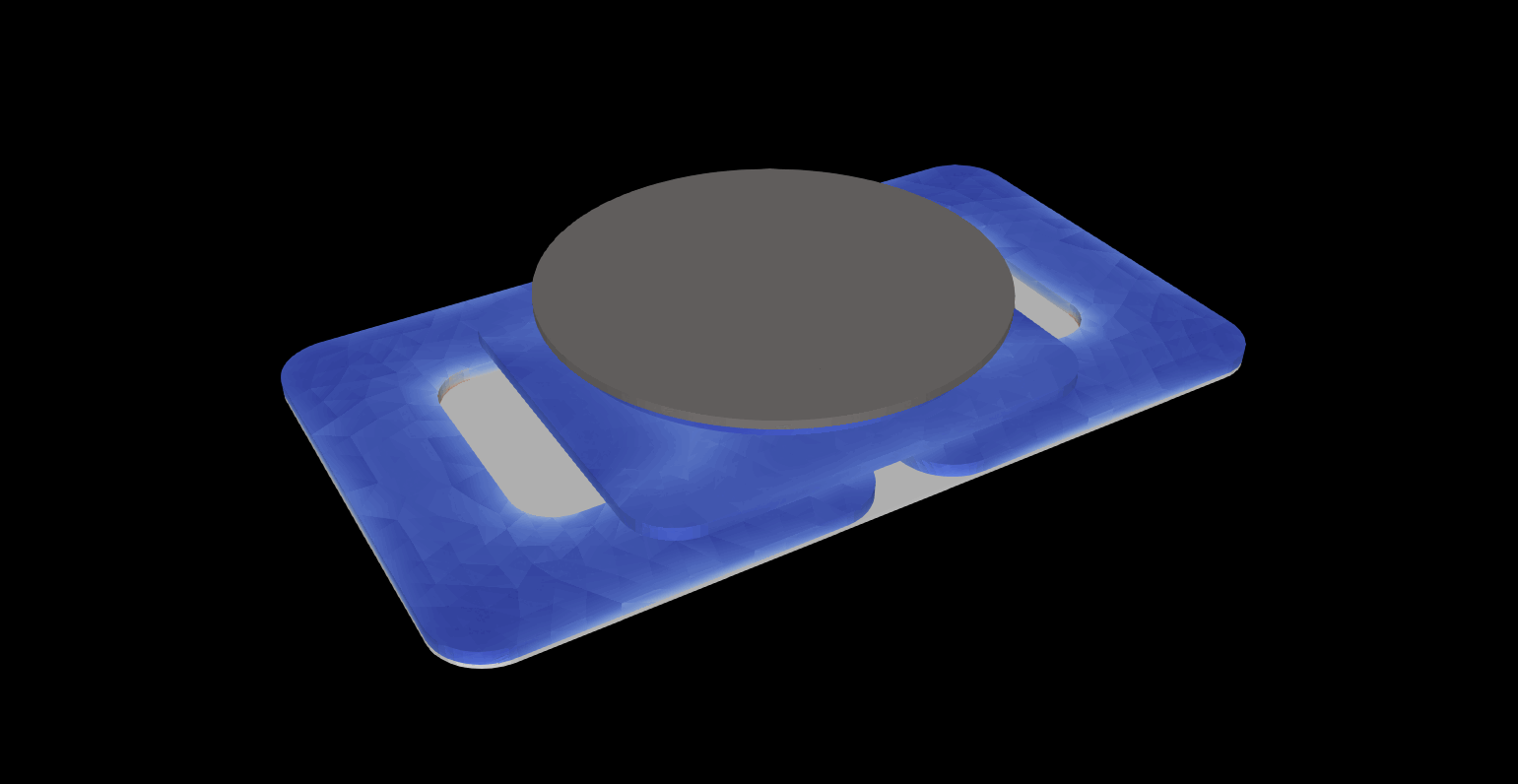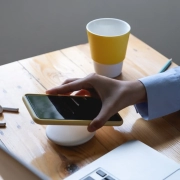Understanding wireless charging (WCH) misalignment
Inductive wireless charging systems are used in a variety of applications, including medical devices, consumer electronics, and electric cars.
The advancement of wireless power transfer (WPT) makes this possible and offers a more efficient approach to charging devices, including the ability to charge multiple devices simultaneously.
The main challenges and goals in the development of wireless charging systems are to maximize efficiency and increase power transfer to reduce device charging times.
Analyzing misalignment
To maximize wireless charging efficiency and reduce device charging times, engineers are facing the tough challenge of making sure these systems work well even when not perfectly aligned. When devices aren’t perfectly aligned, the inductive connection weakens, and the power transfer efficiency drops.
Before going into building physical prototypes, engineers use simulations to visualize how electromagnetic fields change with misalignment, helping us understand where the power loss occurs.
Not just side-to-side misalignment, but even if devices are separated vertically (z-axis), also changing gap size between Tx and Rx assemblies. It affects how well they can transfer power. Running simulations can show us how misalignment affects this process in detail.
Using simulations, engineers can evaluate how changes in different system parameters affect the quality (Q) factor, which is widely used as a reference for the quality of the coil.
Tuning the resonance frequency can help mitigate misalignment issues, and simulations help us understand how this affects the system’s stability.
Heat and magnetic fields
Misalignment doesn’t just reduce efficiency, but it also creates more heat. When the alignment is off, the magnetic field induces electric currents in nearby materials, which causes energy loss in the form of heat. Managing this heat is crucial to keeping the system working properly.
Engineers need to consider how nearby materials affect the magnetic field. Electrically conductive materials can distort the magnetic field, reducing the power transfer efficiency. Using finite element analysis helps us predict and minimize these effects, giving us a clearer picture of how the system will perform.
By tweaking design variables such as coil shape, size, material, and the distance between coils, engineers can predict how these changes affect the overall performance of their system. This allows them to find an optimal balance between energy efficiency and charging speed, ensuring the device charges as intended without excessive energy loss.
The Qi Standard and optimization
The Qi 2 standard brings a solution for misalignment challenge with a combination of magnets and a more refined coil design to ensure that devices placed on a charging pad align correctly with the transmitter’s coil.
Unlike the earlier Qi 1 standard, where the phone needed to be positioned very accurately to start charging, the Qi 2 standard’s built-in magnets in the charger attract corresponding magnets in the smartphone. This magnetic pull guides the phone into the perfect position for charging.
This alignment ensures that the maximum possible power is transferred from the pad to the phone, minimizing charging time and improving efficiency.
Adapting to misalignment
Future WPT systems will need to be adaptive, adjusting in real-time to maintain efficient power transfer even when devices are misaligned. This might involve changing coil parameters or using advanced algorithms. CENOS simulation software can model these adaptive systems, helping engineers see how effective they are before building physical prototypes.
By combining precision engineering, advanced materials, and simulation technology, we can overcome the challenges of misalignment in WPT. Simulations give engineers the insight they need to anticipate and solve problems, ensuring that wireless power remains practical and efficient as it becomes more widespread.




